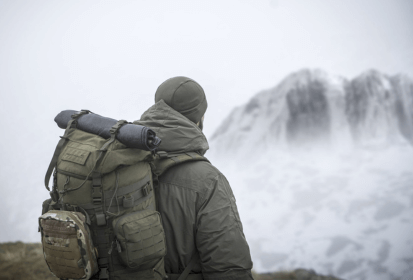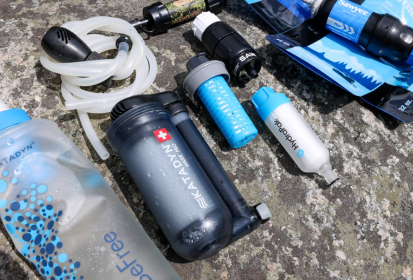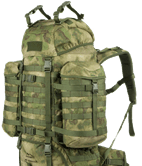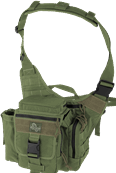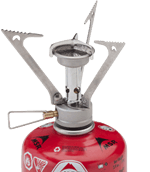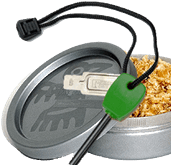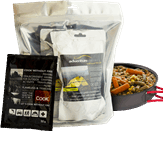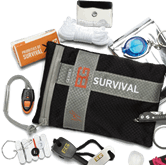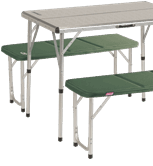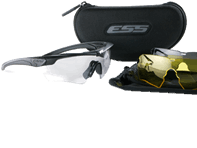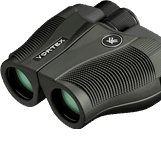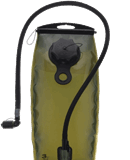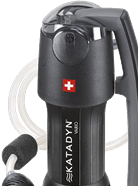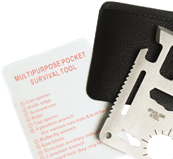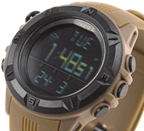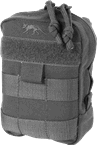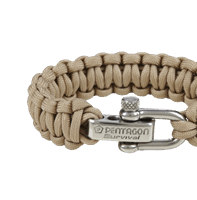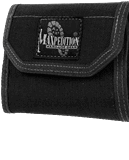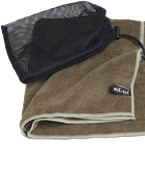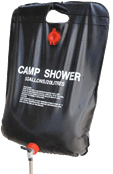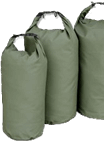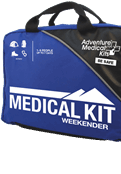Especially during the periods from autumn to spring, we should be careful about hypothermia, and specifically frostbite in winter, especially if we plan to spend extended time outdoors. Outdoor enthusiasts can, however, use portable heaters to avoid these inconveniences.
Sometimes, we may simply underestimate the situation. After all, I’m just going for a short walk, the forecast predicts low temperatures, but it’s nothing terrible. So why wear gloves or warm socks? But the situation can suddenly become complicated. Actually, we can complicate it ourselves. Our body is set to a temperature from 36 to 37 °C. Anything above or below means a bigger or smaller problem.
Beware of hypothermia
And in winter, our body tends to cool down. So, if we don't dress properly for the outdoors, hypothermia can occur, which can result in delirium or loss of consciousness. And if help does not arrive in time, the final phase in an extreme case is death. It is thus necessary to keep the whole body warm, including the peripheries. This is where portable foot, hand, and body warmers come into play.
These are accessories that should not be missing in any emergency survival kit nor in a first aid kit or even a backpack. Thanks to being lightweight and compact, you can easily pack them anywhere. And not just in winter. Even in summer, you might fall into the water and be hit by the wind, which didn’t seem so cold before. A different perception of temperature can also occur after injuries.
Different types of warmers
There are naturally many types of foot, hand, and full-body warmers. They are divided according to the heat source and also according to the part of the body they are intended for. There are chemical, heatable, gasoline, and insulating warmers. We usually offer the first and last type, so let’s discuss them a bit more.
Chemical warmers work on the principle of an exothermic reaction that occurs after opening the vacuum packaging. Once air starts flowing into the package, it reacts with the mixture inside. During this chemical reaction, heat ranging from 57 to 70 °C is released into the surroundings. These warmers are for single use, but they are cheap and can save us from frostbite in challenging situations.
Some chemical warmers have a metal plate inside that can be pressed to trigger another exothermic reaction. These models can be used repeatedly (though still in a limited number of uses), you just need to put them in the freezer, even though manufacturers usually do not recommend such a procedure. The heating duration of individual chemical warmers varies, but it is generally 5 to 7 hours.
Then there are insulating warmers, which basically work like gloves, hats, or even sleeping bags. They warm you with your own released body heat. An example is the Muff Hand Warmer from Tasmanian Tiger. The inner insulating layer of this warmer prevents heat exchange between the internal and external environment. The sleeves’ inputs are also equipped with a pull-string, minimizing heat escape outward.
Regardless of the type, warmers should be part of the gear for every hiker, policeman, and soldier, but you can also pack them preventively even for an “ordinary” walk in the forest during winter. Perhaps you’ve read it from us several times before, but fortune favors the prepared. Little helpers in the form of warmers are also useful in the event of injuries when the body needs more heat than usual. And if you don’t know which type of foot, hand, and body warmer to choose, feel free to combine the chemical and insulating variants for peace of mind.
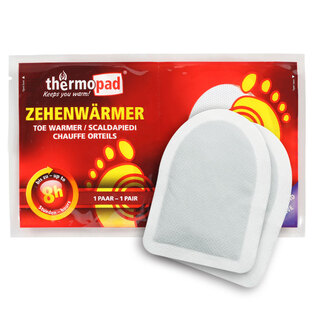
ThermoPad® toe warmer
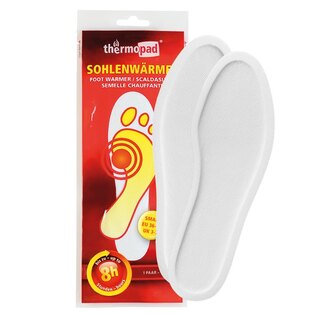
ThermoPad® foot warmer
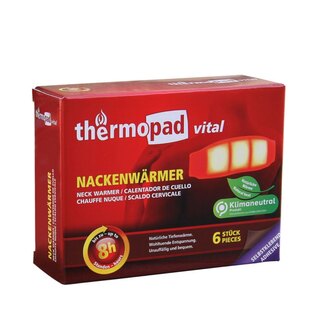
ThermoPad® neck warmer
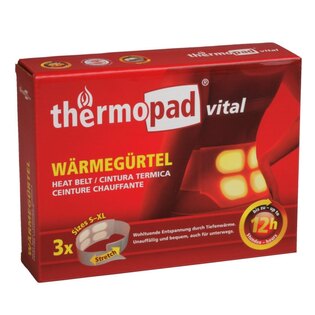
ThermoPad® heat belt
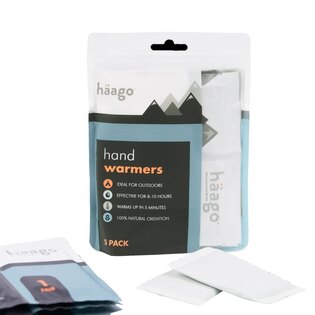
Haago® hand warmers, 5 pairs
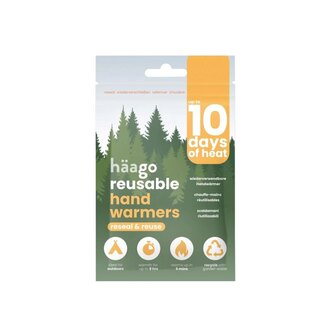
Haago® reusable hand warmers
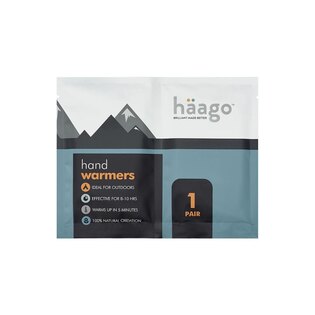
Haago® hand warmers
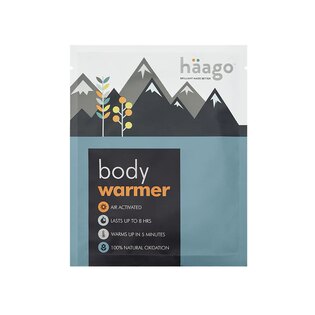
Haago® body warmers
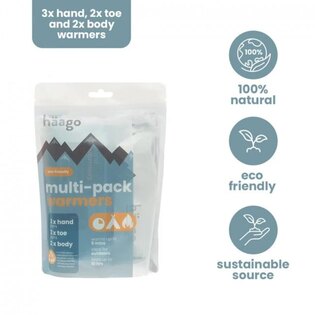
Haago® warmers multipack
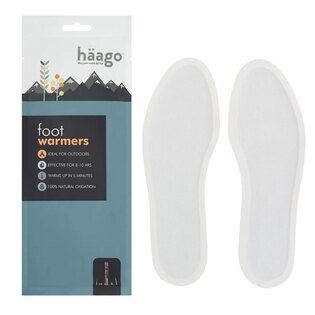
Haago® foot insole warmers
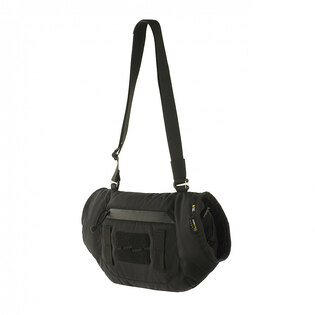


Elite M‑Tac® sleeve hand warmer
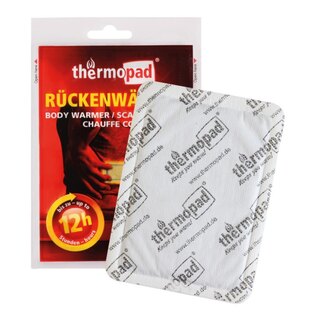
ThermoPad® body warmer
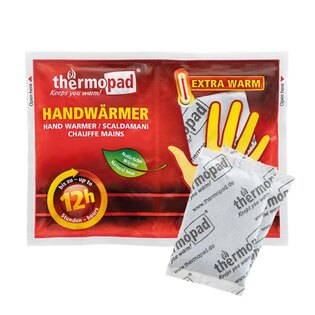
ThermoPad® hand warmers
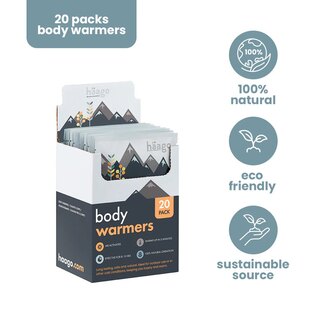
Haago® body warmers, 20 pcs
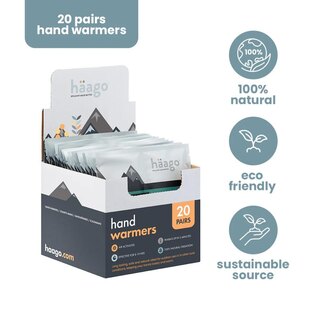
Haago® hand warmers, 20 pairs
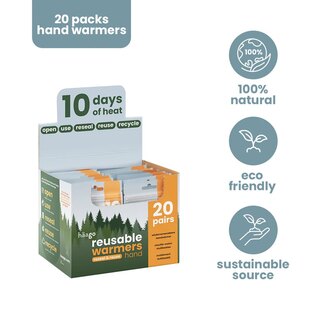
Haago® reusable hand warmers, 20 pairs
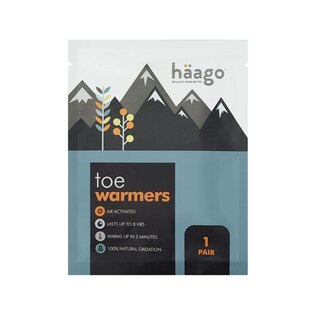
Haago® toe warmers
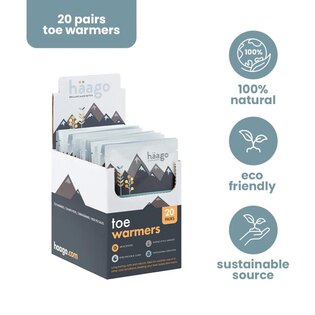
Haago® toe warmers, 20 pairs
